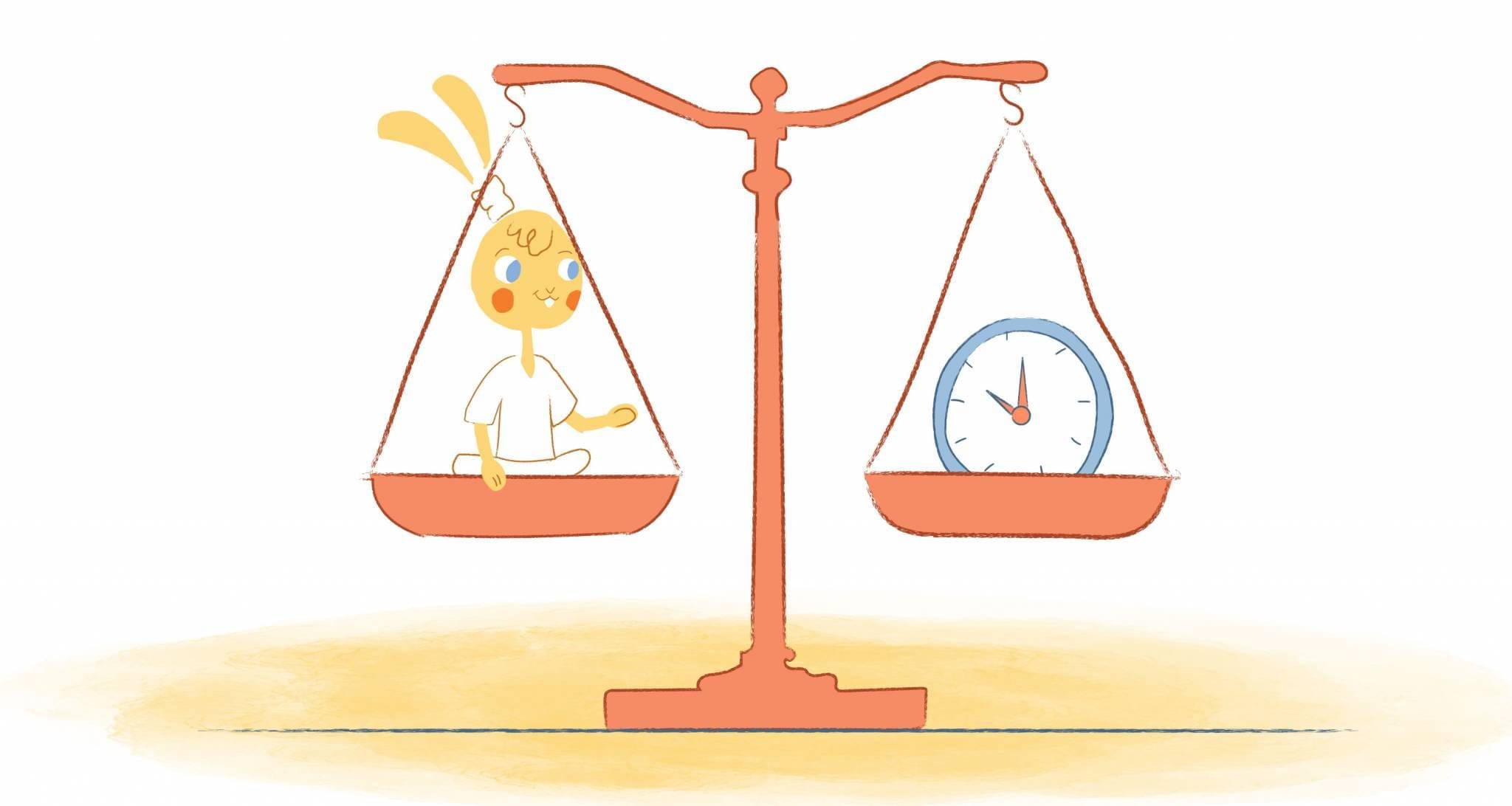

No founder enjoys losing a client. That goes double when the client has been with the company for years or contributes a large amount of revenue. However, when a client turns toxic or prevents the company from growing, founders have no choice but to cut ties. There are rules of why and how to sever ties with bad clients.
A client who is bothersome or needy does not necessarily merit firing.
An infographic from Invesp details that new customers are more expensive to acquire than existing ones is to retain, less likely to try new products and more profitable in the long term. By firing a client, the company might solve some immediate problems but create larger ones down the road. Every successful founder will eventually sever a few relationships, though. To keep company growth on track without creating unnecessary, hurt feelings, leaders need to understand when they have no other choice.
When to fire a client.
Startups should only fire clients in a few situations. Most importantly, if keeping the client is preventing the business from growing, founders should cut loose quickly. A company that started in one field but found massive opportunities in another cannot continue to dedicate resources to older, less profitable areas of business.
Clients may also merit firing when they have a negative effect on employee retention. Happy employees are productive employees. When workers continuously have to deal with a client who is never satisfied and always rude, they get less satisfaction from work, increasing the likelihood of burnout.
Talented and committed employee teams are far more valuable than any single client. In some cases, firing a bad client is like kicking a belligerent regular out of a restaurant. The company might miss the income, but the staff will be grateful knowing that management has their backs when push comes to shove.
Firing a client the right way.
Most clients won’t be happy about losing a vendor. Once the decision becomes final, the founders need to know how to navigate the conversation without causing unnecessary problems.
Keep these rules in mind when cutting ties with a client:
1. Leave pride at the door.
Before making the first move, think about the factors driving the confrontation. If this client is generally good for the business, don’t let one lousy interaction sour the relationship beyond repair — especially if the company is at fault.
Be willing to make amends if the client suffered the first insult. Michael Luchies, the founder of TrepRep, recommends full ownership of mistakes in times of strife. Only if the relationship has become harmful for the business (and not just personal pride) should the firing process proceed to the next step.
2. Decide on acceptable solutions.
If the relationship is broken beyond repair in its current state, outline acceptable solutions to the problem first. Would this relationship be better if the client continued to use some services but not others? Could this relationship resume later? Has the relationship deteriorated beyond the point of repair?
Answer these questions before making any ultimatums. Don’t let the client come in with an unconsidered compromise. If that happens, it may prolong an inevitable separation and create bad blood on both sides.
3. Outline an exit plan.
With the final decision to separate, walk the client through the exit strategy. Be willing to complete all current projects on time and budget, if possible, or be prepared to talk about how to hand over the unfinished work.
If you are leaving a client behind, it is an excellent time to be familiar with the contract, but don’t let legalese set the tone of the conversation. Relying on “Section 5, Article 4, Paragraph 3,” is a cowardly way to end a relationship.
Instead, talk to the client like a human being and be clear about expectations for the future. Knowing the underlying agreement provides structure for the conversation, not ammunition for an attack.
4. Stay committed to the plan.
Bad clients who get fired don’t always take the news well. If you think you can burn a client via email, they might call and start yelling. If they’re already on the phone, they might try to guilt or bargain their way out of the situation.
Remember all the research and difficulty that led to this hard decision. Bring a written list of reasons into the conversation as a reminder of why this became necessary. Offer recommendations for other providers but stay committed to the final decision.
Not all bad clients require active damage control when they get fired. Plenty of them understand the reasons and wish the best for both parties. When that happens, feel free to leave the door open for collaboration down the road. Just remember – the situation deteriorated for a reason. Unless the factors that soured the relationship change, a second attempt would end up the same as the first.











John Hall
John Hall is the co-founder of Calendar a scheduling and time management app. He’s also a keynote speaker that you can book at http://www.johnhallspeaking.com.